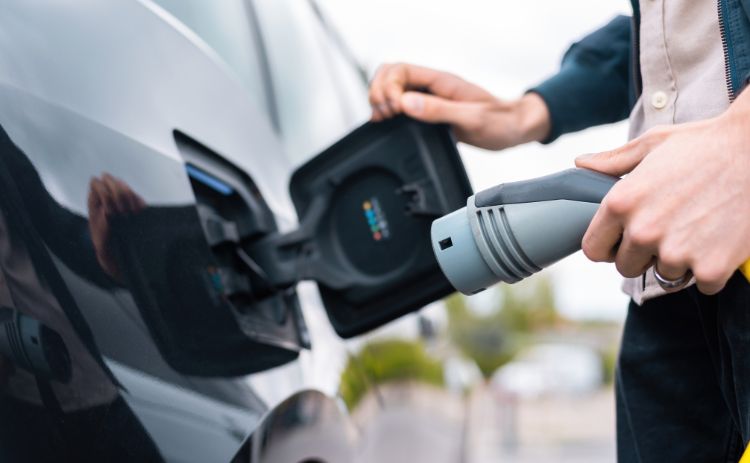Driving Circularity: Powering Global Mobility with Circular Electric Vehicle Battery
Academics from the Information Systems and Operations subject group discuss their research on sustainable transport on World Sustainable Transport Day 2025.
24 November 2025
The rapid rise of electric vehicles is rightly seen as a major step towards cleaner and more sustainable transport. Yet behind this progress sits a growing challenge. Every year, large numbers of electric vehicle batteries reach the end of their useful life. These retired batteries contain valuable materials as well as hazardous substances, which makes their responsible management crucial for both the environment and future supply security.
In two recent research articles, Professor Ying Yang, Dr Yan Jiang, Dr Jiayao Hu, Jiaqi Luo, and He Zhu at Newcastle University Business School explore how ideas from the circular economy can help turn this challenge into a meaningful opportunity. Their work looks at how supply chains can be redesigned so that retired batteries are collected, assessed and redirected into new uses rather than being treated as waste.
What their work highlights is that although governments and industries are increasingly investing in recycling, the current approach is still too narrow. Most attention is placed on recovering materials and feeding them back into the automotive sector. While this is essential, it represents only one part of a much wider system that also includes reuse, repurposing and, eventually, material recovery.
One of the most important insights from their research is that many of the biggest environmental and economic gains lie beyond traditional recycling. Retired batteries can be repurposed for entirely new roles in energy storage, telecoms infrastructure or renewable power. These second life uses can extend a battery’s working life by several years, ease pressure on scarce raw materials and delay the need for costlier recycling.

Looking ahead, the researchers identify three priority areas that will shape the future of circular supply chains for retired electric vehicle batteries.
Designing for All Loops
A truly circular system needs to be flexible enough to direct each battery to the right pathway. For some, reuse or repurposing may offer the best value. Others may be more suitable for remanufacturing or recycling. Stronger collaboration between industries, shared standards and smoother links between sectors will be essential for this to happen.
AI-Enabled Allocation and Circularity Assessment
As the number of retired batteries grows, manual checks will no longer be enough. Artificial intelligence can help by assessing remaining capacity, predicting safety issues and understanding how a battery has aged. With access to operational data, AI can recommend the most suitable second life use or recycling route and help coordinate decisions across the supply chain. This could make the entire system quicker, safer and more efficient.
Developing Effective Circular Business Models
Circularity will only succeed if the business models behind it make sense. The researchers point to options such as Battery-as-a-Service schemes, online markets for second life batteries, partnerships with the energy sector and service based remanufacturing models supported by clear and reliable data. For these approaches to grow, profits and risks need to be shared fairly across all the organisations involved.
Explore the Information Systems and Operations Research Group to find out about more of their research
